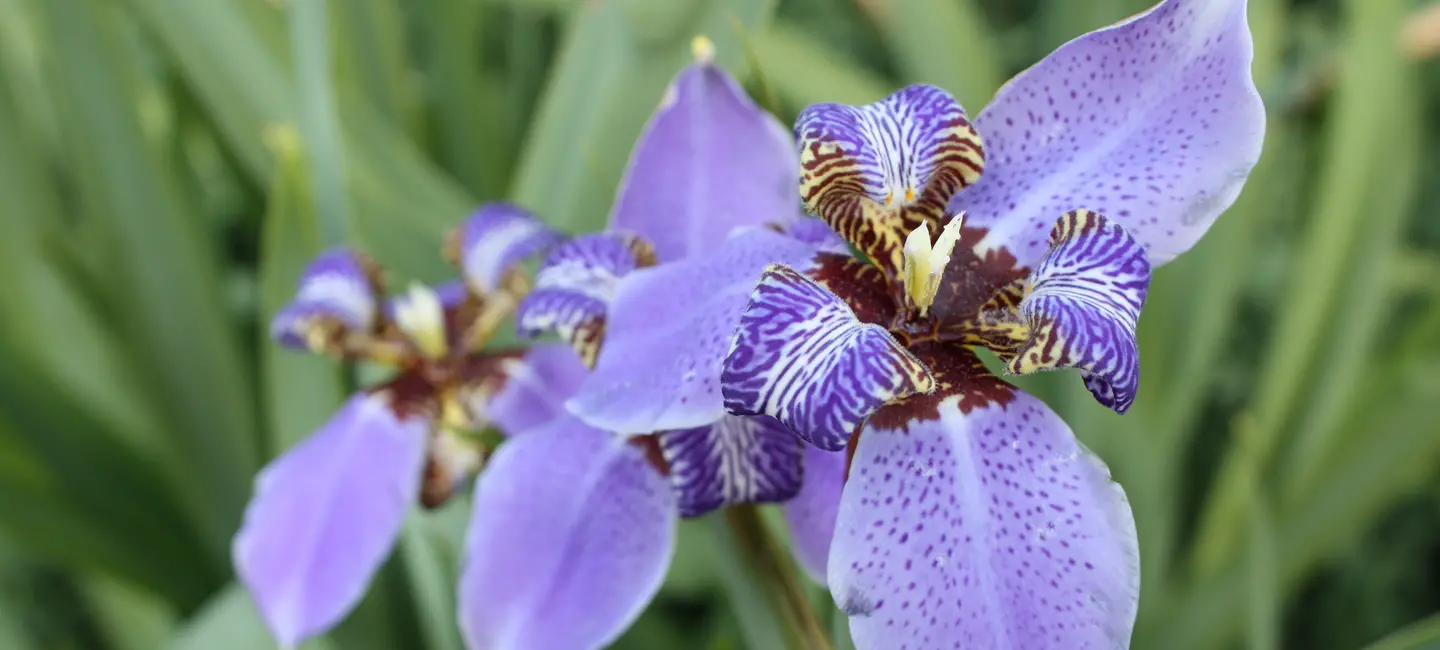
Blue flag is a plant. People use the underground stem (rhizome) of blue flag to make medicine.
People use blue flag for conditions such as bloating, swelling (inflammation), fluid retention, liver problems, and many others, but there is no good scientific evidence to support these uses. Using blue flag can also be unsafe.
Is It Effective?
NatMed Pro rates effectiveness based on scientific evidence according to the following scale: Effective, Likely Effective, Possibly Effective, Possibly Ineffective, Likely Ineffective, Ineffective, and Insufficient Evidence to Rate.
- Constipation.
- Fluid retention.
- Increasing bile flow.
- Liver problems.
- Vomiting.
- Skin rashes.
- Other conditions.
More evidence is needed to rate the effectiveness of blue flag for these uses.
Is it Safe?
There isn't enough information to know how blue flag works.
When taken by mouth: Blue flag is LIKELY UNSAFE. It can cause nausea and vomiting, and the fresh root can irritate the mouth, throat, digestive tract, and skin. Blue flag can also cause headache and swollen, watery eyes.
Special Precautions & Warnings:
Blue flag is LIKELY UNSAFE for anyone to use, but it is especially unsafe for people with any of the following conditions:
Pregnancy and breast-feeding: Blue flag is LIKELY UNSAFE. Don't use it if you are pregnant or breast-feeding.
Stomach or intestinal problems such as infections, ulcerative colitis, and Crohn's disease: Blue flag can irritate the stomach and intestines and should not be used by anyone with any of these conditions.
Digoxin (Lanoxin)
Interaction Rating=Major Do not take this combination.
Blue flag is a type of laxative called a stimulant laxative. Stimulant laxatives can decrease potassium levels in the body. Low potassium levels can increase the risk of side effects of digoxin (Lanoxin).
Warfarin (Coumadin)
Interaction Rating=Moderate Be cautious with this combination.
Blue flag can work as a laxative. In some people blue flag can cause diarrhea. Diarrhea can increase the effects of warfarin and increase the risk of bleeding. If you take warfarin do not to take excessive amounts of blue flag.
Water pills (Diuretic drugs)
Interaction Rating=Moderate Be cautious with this combination.
Blue flag is a laxative. Some laxatives can decrease potassium in the body. "Water pills" can also decrease potassium in the body. Taking blue flag along with "water pills" might decrease potassium in the body too much.
Some "water pills" that can decrease potassium include chlorothiazide (Diuril), chlorthalidone (Thalitone), furosemide (Lasix), hydrochlorothiazide (HCTZ, Hydrodiuril, Microzide), and others.
Horsetail: Blue flag can cause the body to lose potassium. Horsetail can also cause the body to lose potassium. There is a concern that using these two herbs together might cause the body to lose too much potassium. Avoid this combination.
Licorice: Blue flag can cause the body to lose potassium. Licorice can also cause the body to lose potassium. There is a concern that using these two herbs together might cause the body to lose too much potassium. Avoid this combination.
Stimulant laxative herbs: Blue flag can cause the body to lose potassium. Herbs that act as stimulant laxatives can also cause the body to lose potassium. There is a concern that using blue flag along with any of the stimulant laxative herbs might cause the body to lose too much potassium. Avoid this combination. Other stimulant laxative herbs include aloe, alder buckthorn, black root, butternut bark, colocynth, European buckthorn, fo-ti, gamboge, gossypol, greater bindweed, jalap, manna, Mexican scammony root, rhubarb, senna, and yellow dock.
There are no known interactions with foods.
The appropriate dose of blue flag depends on several factors such as the user's age, health, and several other conditions. At this time there is not enough scientific information to determine an appropriate range of doses for blue flag. Keep in mind that natural products are not always necessarily safe and dosages can be important. Be sure to follow relevant directions on product labels and consult your pharmacist or physician or other healthcare professional before using.
Clajeux, Iris, Iris caroliniana, Iris versicolor, Iris Versicolore, Iris virginica, Lirio Azul, Lis Bleu, Orris Root, Sweet Flag, Water Flag.
Information on this website is for informational use only and is not intended to replace professional medical advice, diagnosis, or treatment. While evidence-based, it is not guaranteed to be error-free and is not intended to meet any particular user’s needs or requirements or to cover all possible uses, safety concerns, interactions, outcomes, or adverse effects. Always check with your doctor or other medical professional before making healthcare decisions (including taking any medication) and do not delay or disregard seeking medical advice or treatment based on any information displayed on this website.
© TRC Healthcare 2024. All rights reserved. Use and/or distribution is permitted only pursuant to a valid license or other permission from TRC Healthcare.
